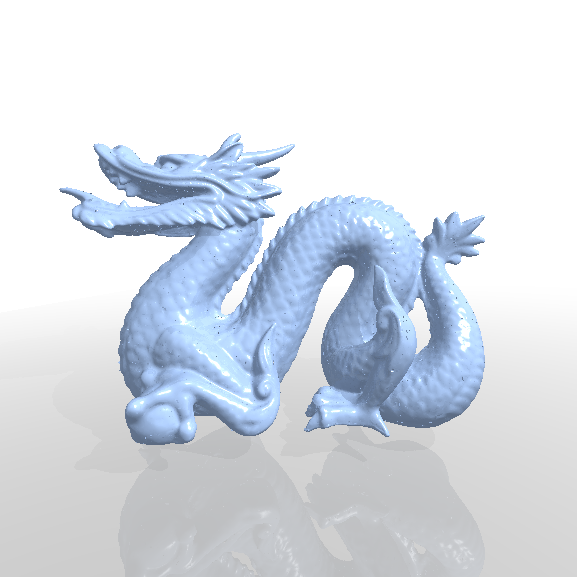Abstract
In the process of visualizing a point set representing a smooth manifold surface, global illumination techniques can be used to render a realistic scene with various effects of lighting. Thanks to the continuous demand for ray tracing and the development of graphics hardware, dedicated GPUs and programmable pipeline for ray tracing have been introduced in recent years. In this paper, real-time global illumination rendering is studied for a point-set model using ray-tracing GPUs. We apply the moving least-squares (MLS) method to approximate the point set to a smooth implicit surface and render it using global illumination by performing massive ray-intersection tests with the surface and generating shading effects at the intersection point. As a result, a complicated point-set scene consisting of more than 0.5M points can be generated in real-time.


